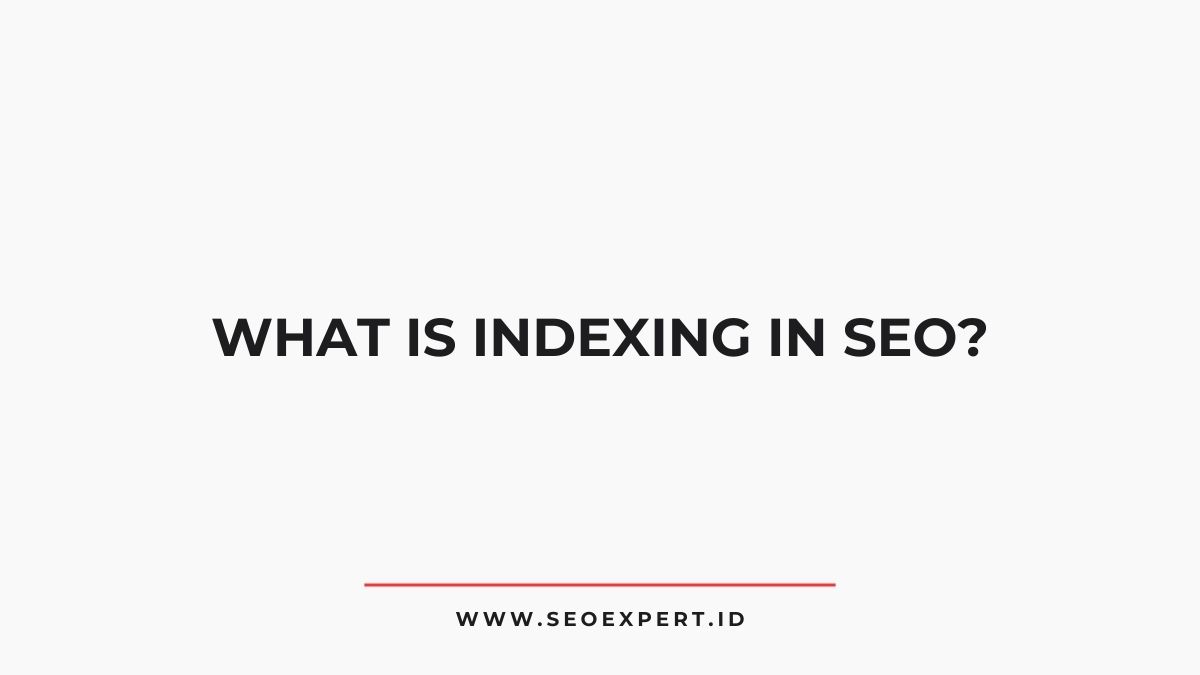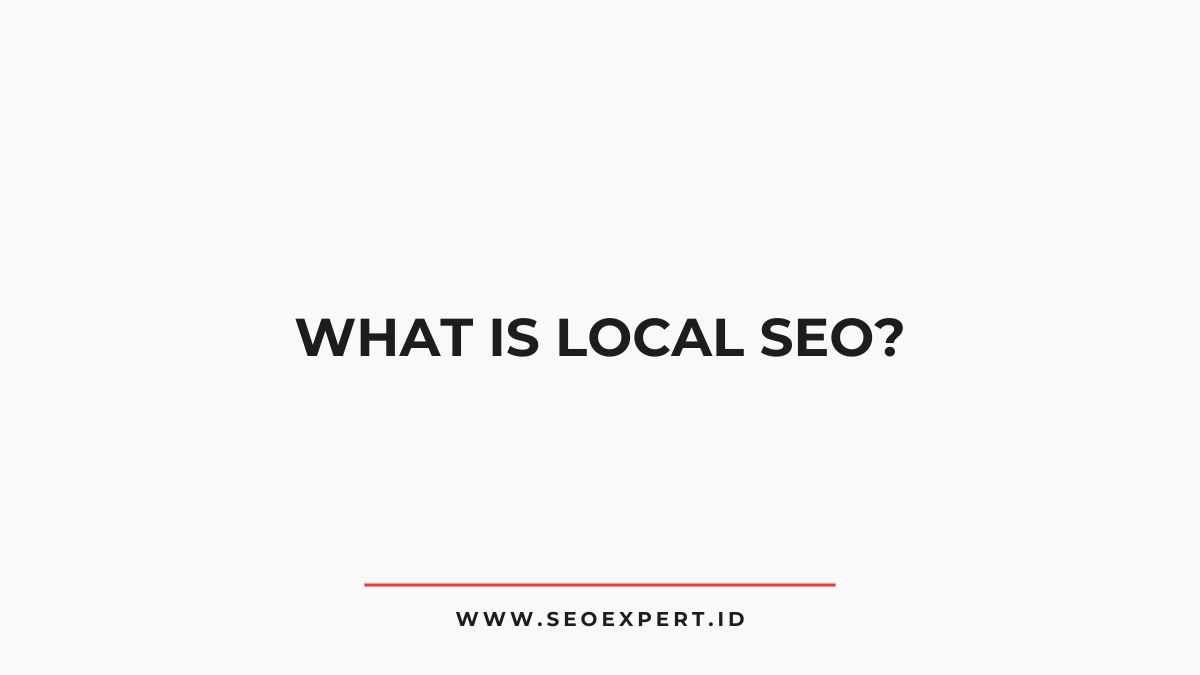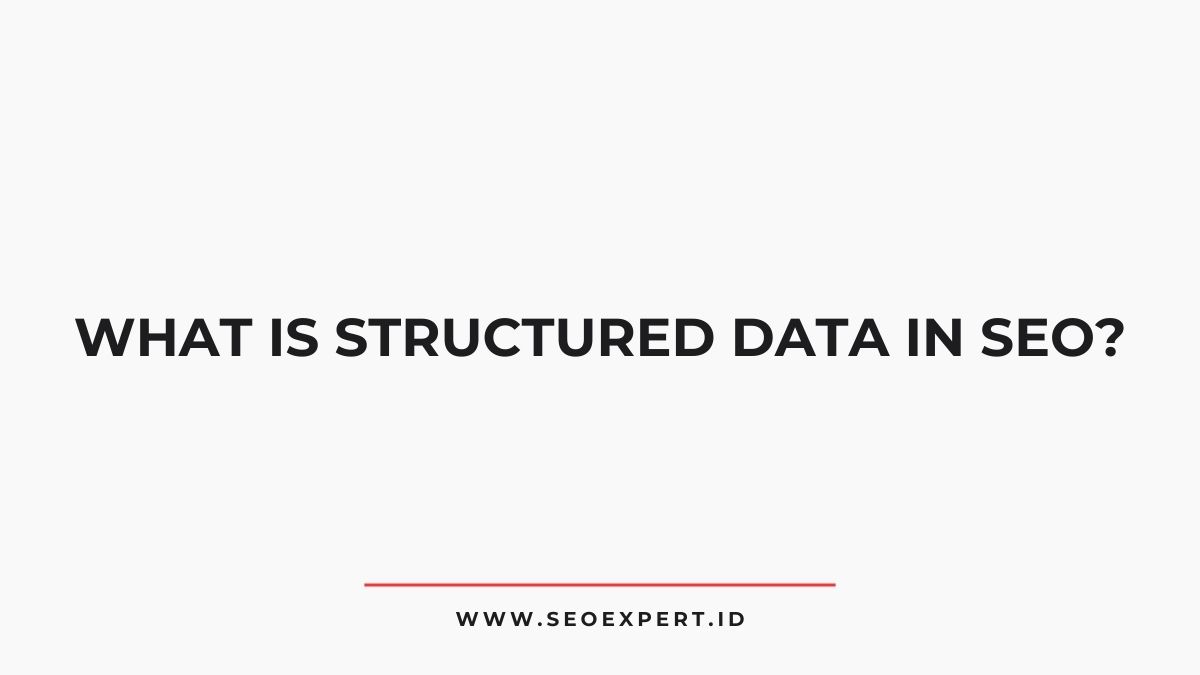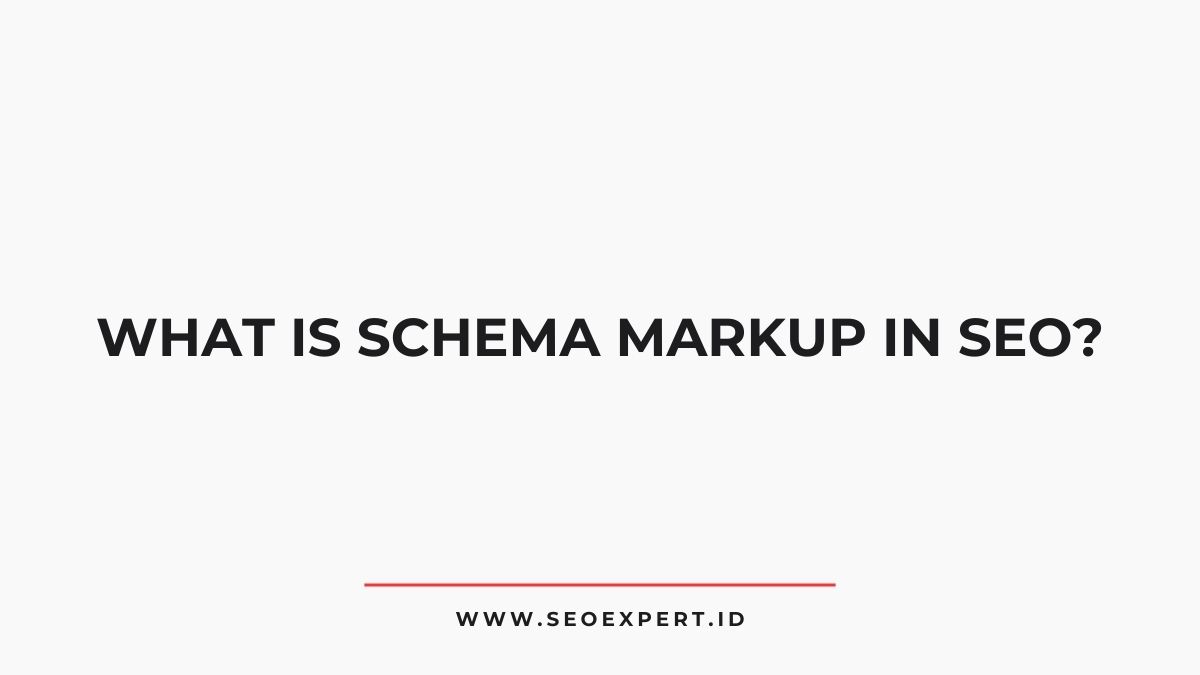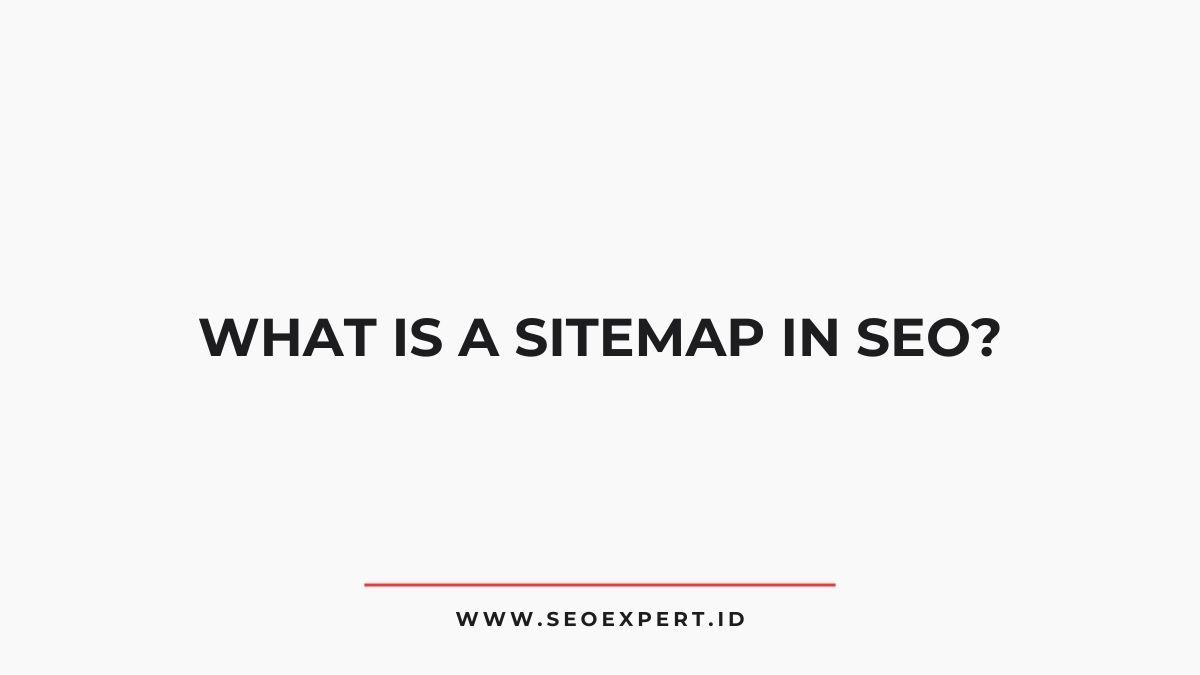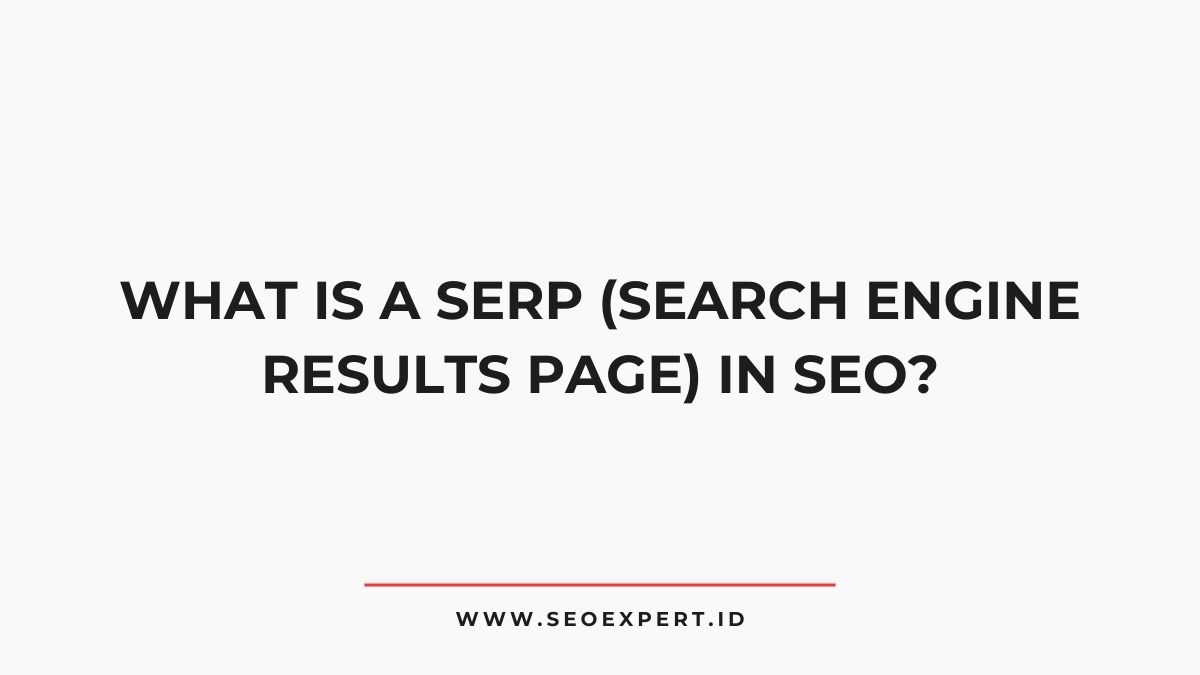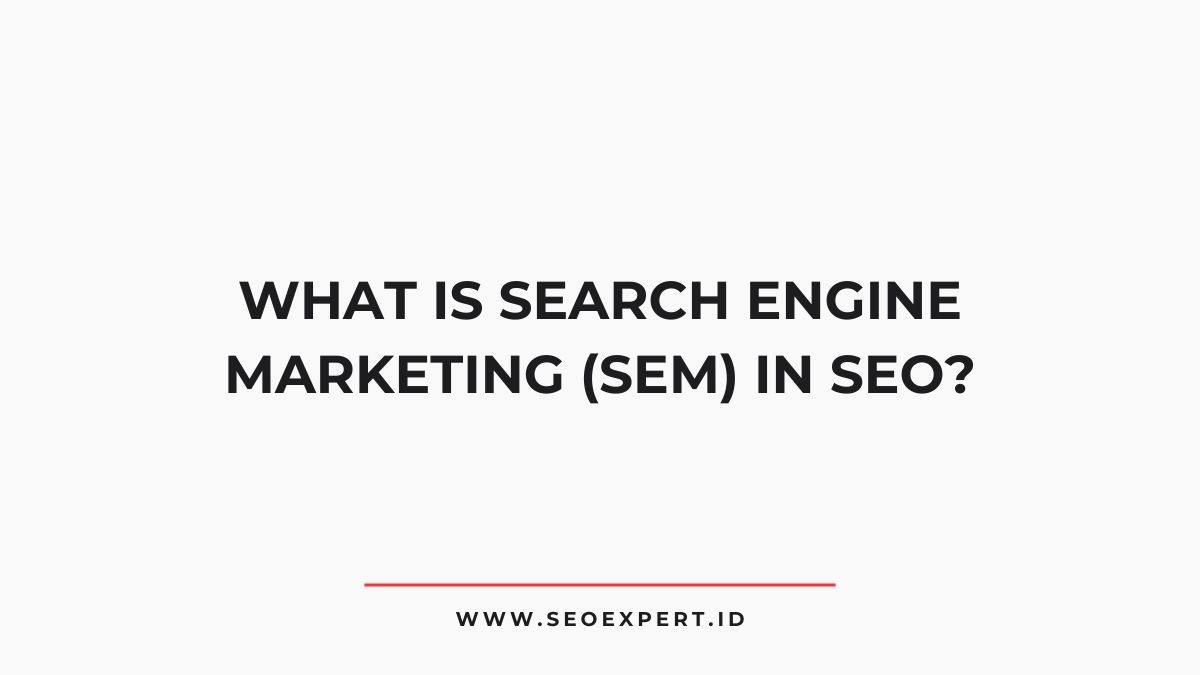What Is Anchor Text in SEO? – Anchor text is the clickable text within a hyperlink that connects one webpage to another.
DigitalOcean
DigitalOcean offers a variety of VPS hosting solutions perfectly suited for anyone seeking straightforward and budget-friendly computing power for their projects.
In SEO, it serves as an essential signal to search engines about the content of the destination page.
Well-optimized anchor text incorporates relevant keywords, maintains diversity, and enhances user navigation.
Search engines analyze these text fragments to determine page relevance and establish topical relationships.
Avoiding over-optimization while maintaining descriptive anchors creates a natural link profile that drives both rankings and engagement.
TL;DR
Hide- Anchor text is the clickable text within a hyperlink that provides context to users and search engines about the linked page.
- Search engines analyze anchor text to understand relationships between pages and determine page relevance for specific search queries.
- Types include exact-match, partial-match, branded, and generic anchors, each affecting SEO differently.
- Descriptive, relevant anchor text improves user experience and SEO performance while avoiding keyword stuffing and manipulation.
- A natural, diverse anchor text profile minimizes penalty risks while maximizing ranking potential and click-through rates.
The Definition and Importance of Anchor Text
Hyperlinks, the fundamental connective tissue of the web, rely on anchor text to guide users and search engines through digital landscapes.
Anchor text refers to the clickable words that appear highlighted within a hyperlink, serving as both a navigational cue for users and a contextual signal for search engines.
Search algorithms analyze anchor text to understand relationships between pages and determine relevance. Properly optimized anchor text enhances user experience while strengthening a site’s semantic structure.
Search engines decode anchor text signals to map digital relationships, creating stronger user pathways and reinforcing semantic frameworks.
When implementing anchor text strategy, practitioners should prioritize descriptive, relevant terminology that accurately reflects destination content.
Excessive manipulation of anchor text patterns triggers algorithmic penalties, undermining ranking potential.
Best practices emphasize natural language usage, appropriate keyword distribution, and contextual alignment.
Strategic implementation balances user accessibility concerns with technical SEO requirements, creating a cohesive linking architecture that facilitates secure, intuitive navigation throughout the site.
Types of Anchor Text and Their SEO Impact
Anchor text appears in several distinct formats, each carrying different weight in search engine algorithms and user engagement metrics.
Exact-match anchor text contains the precise keyword targeted for ranking, while partial-match incorporates the keyword within a longer phrase. Branded anchors utilize company names, providing strong, natural signals to search engines.
Generic anchors (“click here,” “read more”) offer minimal SEO value but sometimes improve user experience. Naked URL anchors display the complete destination address, appearing natural though less engaging.
Image anchors utilize alt text as the anchor signal when clickable images contain links.
Search engines analyze anchor text distribution patterns to detect manipulation.
A natural, diverse anchor profile typically includes mainly branded and relevant contextual anchors, with exact-match keywords comprising less than 10% of total backlinks—this balanced approach minimizes risk of penalties while maximizing ranking potential.
Best Practices for Optimizing Anchor Text
Implementing effective anchor text strategies requires careful planning and deliberate execution. Optimized anchor text enhances user experience while maintaining search engine compliance.
Practitioners should focus on relevance, diversity, and natural implementation.
| Practice | Benefit | Risk Mitigation |
|---|---|---|
| Use descriptive keywords | Improves topical relevance | Avoid keyword stuffing |
| Diversify anchor types | Creates natural link profile | Prevents over-optimization penalties |
| Guarantee contextual relevance | Enhances user experience | Reduces bounce rates |
When developing an anchor text strategy, prioritize user intent over manipulation. Overly aggressive optimization can trigger algorithmic penalties, while thoughtful implementation builds authority.
Regular audits of existing anchor text distributions help identify potential issues before they impact rankings, guaranteeing sustainable SEO performance.
How Search Engines Interpret Anchor Text
Search engines view anchor text as a powerful contextual signal that helps determine both the subject matter of the linked page and its relevance to user queries.
When algorithms analyze anchor text, they assess whether it provides accurate semantic information about the destination content.
Google and other search engines incorporate anchor text as a ranking factor, considering both exact match and partial match variations.
They evaluate anchor text diversity to detect natural linking patterns versus manipulative tactics.
Excessive use of identical keyword-rich anchors may trigger penalties, while varied, natural anchor text distributions signal authenticity.
Modern algorithms also consider the topical relevance between linking pages, the authority of linking domains, and user engagement metrics to contextualize anchor text significance.
This thorough evaluation guarantees anchor text contributes to reliable, user-centered search results.
Common Anchor Text Mistakes to Avoid
Many website owners sabotage their SEO efforts by committing preventable anchor text errors. Overusing exact-match anchors creates unnatural patterns that trigger algorithmic penalties.
Similarly, generic anchor texts like “click here” or “read more” waste valuable semantic opportunities and provide minimal context for search engines.
Generic link phrases rob your content of SEO value and deprive search engines of crucial contextual information.
Neglecting internal linking structures represents another critical mistake, as does inconsistent anchor usage across a website.
Keyword stuffing within anchor text appears manipulative to search algorithms, while broken or redirected links diminish user experience and authority signals.
Perhaps most dangerous is ignoring anchor text diversification, creating link profiles that appear artificially constructed.
Successful SEO practitioners maintain natural anchor text distributions with appropriate variations including branded, exact match, partial match, and natural language anchors—all while ensuring relevance between the linked content and its descriptive text.
Anchor Text Distribution: Finding the Right Balance
Achieving the ideal anchor text distribution represents one of the most challenging aspects of modern SEO. Search engines analyze anchor text patterns to identify manipulation, making a natural-looking profile essential for sustainable rankings.
Experts recommend a balanced distribution with approximately 50% branded or URL anchors, 20% generic terms (“click here,” “learn more”), 20% relevant topical terms, and 10% exact match keywords.
This diversification minimizes algorithmic penalties while maintaining optimization effectiveness.
Monitoring anchor text ratios through specialized SEO tools enables webmasters to identify and rectify imbalances before they trigger negative signals.
When auditing backlink profiles, particular attention should be paid to sudden increases in exact-match anchors, which can indicate manipulative practices.
The safest approach prioritizes user experience while gently incorporating target keywords at sustainable frequencies that blend naturally with other anchor types.
Measuring Anchor Text Effectiveness in Your SEO Strategy
Evaluation of anchor text performance requires systematic measurement through multiple metrics to determine ROI and optimization opportunities.
SEO professionals should track click-through rates, bounce rates, and conversion data to assess user engagement patterns resulting from specific anchor text strategies.
Tools like Google Search Console provide visibility into which anchor phrases generate traffic and rankings. Analysis should include monitoring backlink profiles to identify potentially harmful over-optimization patterns before penalties occur.
Leverage Search Console data to detect anchor text patterns that risk penalties while identifying top traffic drivers.
Implementing regular anchor text audits helps identify toxic links requiring disavowal.
Effective measurement includes comparing keyword rankings before and after anchor text modifications, particularly for targeted pages.
Organizations should establish benchmark metrics aligned with overall SEO goals, allowing for data-driven refinement of anchor text distribution.
This systematic approach guarantees anchor text remains optimized while maintaining a natural, diverse profile that search engines reward.
How Anchor Text Affects User Experience and Click-Through Rates
Well-designed anchor text enhances user experience by providing clear navigational cues that increase visibility and drive click-through rates.
Users gravitate toward hyperlinks that stand out visually while accurately describing the destination content.
Strategic anchor text optimization balances SEO requirements with user-centric clarity, creating a seamless path for visitors to follow toward conversion points.
Visibility Drives Clicks
Users naturally scan content for visual cues that facilitate navigation. Properly styled anchor text—typically blue and underlined by default—functions as an established wayfinding mechanism.
Research indicates that descriptive anchor text containing relevant keywords receives 5-7% higher click-through rates than non-descriptive alternatives.
The positioning of links within content also matters considerably. Anchor text appearing early in paragraphs or within bulleted lists demonstrates higher visibility metrics, while links embedded within dense text blocks often go unnoticed, reducing overall site engagement and conversion potential.
Text Clarity Matters
Beyond strategic positioning, the actual wording of anchor text fundamentally shapes user experience and engagement metrics.
Clear, descriptive anchor phrases guide users efficiently while enhancing accessibility and trust signals that influence click behavior.
| Anchor Type | User Experience Impact | CTR Effect |
|---|---|---|
| Generic | Creates uncertainty | Low |
| Exact Match | Provides clarity | High |
| Partial Match | Offers context | Moderate |
| Branded | Builds trust | High |
| Long-tail | Sets expectations | Variable |
Studies demonstrate that precise anchor text correlates with increased time-on-page metrics and reduced bounce rates.
Users encountering vague phrases like “click here” or “read more” experience cognitive friction, whereas descriptive anchors (“view 2023 safety guidelines”) create seamless pathways through content.
This clarity particularly matters for audiences valuing security, as transparent navigation enhances perceived trustworthiness.
Anchor Text in the Age of Mobile and Voice Search
Anchor text strategies require adaptation for the mobile-first world where screen space constraints and touch interactions create distinct user behaviors.
Mobile optimization includes shorter anchor phrases, larger tap targets, and proximity considerations that prevent accidental clicks while facilitating intentional navigation.
Voice search further transforms anchor text requirements, as the shift to natural language queries necessitates more conversational anchor text that matches how users verbally search for information.
Mobile-Friendly Anchor Strategies
As mobile devices have become the primary method for internet access globally, SEO professionals must adapt their anchor text strategies accordingly.
Mobile-friendly anchor text requires concise phrasing that communicates intent clearly within limited screen space.
Best practices include:
- Using descriptive yet compact anchor text (3-5 words ideal)
- Ensuring adequate tap target size (minimum 44×44 pixels)
- Maintaining sufficient spacing between clickable elements
- Implementing schema markup to enhance anchor context for search engines
- Prioritizing user-friendly anchor placement within the viewport
For voice search compatibility, incorporate conversational phrases and question formats that align with natural language queries.
Testing anchor text visibility and functionality across multiple devices and screen sizes remains essential for maintaining both search visibility and user experience standards.
Voice Search Implications
Voice search technology has fundamentally transformed how users interact with search engines, creating new considerations for anchor text optimization.
As verbal queries tend to be conversational and question-based, anchor text strategies must evolve accordingly.
Long-tail keyword phrases within anchor text that mirror natural speech patterns can improve visibility in voice search results.
Implementation of question-format anchors (“how to install security cameras” rather than simply “security cameras”) aligns with typical voice queries. Additionally, context-rich anchor text helps voice algorithms determine relevance and authority.
Organizations should audit existing anchor text profiles to verify compatibility with voice search parameters. This includes verifying that anchors incorporate localized terminology for location-based queries, which comprise approximately 22% of voice searches.
Properly optimized anchor text serves as a critical bridge between traditional SEO and emerging voice search requirements.
Wrapping Up
Masterful anchor text implementation remains critical to search visibility and user navigation. Subpar link text presents significant challenges for algorithmic interpretation, while strategic anchor text distribution mitigates potential adverse filtering mechanisms.
Practitioners should exercise judicious restraint when incorporating targeted phrases, ensuring natural language patterns predominate.
In this evolving landscape of mobile and voice search, refined anchor text strategies create ideal pathways between digital content nodes—an invisible architecture that elevates both machine comprehension and human engagement.

